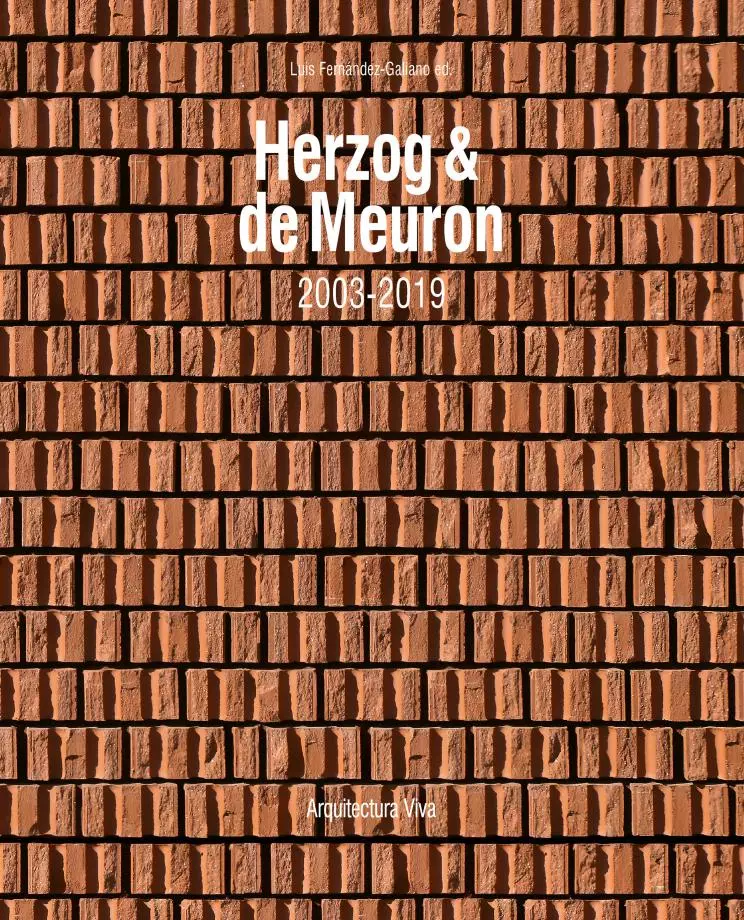Feltrinelli Porta Volta building, Milan
Herzog & de Meuron- Type Commercial / Office Culture / Leisure Headquarters / office
- Date 2008 - 2016
- City Milan
- Country Italy
- Photograph Filippo Romano
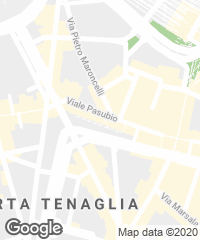

As part of the redefinition of the area Porta Volta, Fondazione Giangiacomo Feltrinelli is relocating its seat to the northern center of Milan. Together with the building of Fondazione, the project includes the development of two further buildings, mainly dedicated to offices, and a generous green area as extensions of the existing boulevards. The urban organization of Porta Volta traces back to the course of the Mura Spagnole, the ancient 16th century city walls which were the last of a series of fortifications which have defined the city’s growing boundaries since Roman times. After the opening of the bastion in the late 19th century, Via Alessandro Volta acted as the new prominent axis which laid the basis for the city’s extension, growing from the two old Caselli Daziari di Porta that marked the former entrance to the city. To the sides of these buildings, the Edificio Feltrinelli and the Fondazione are placed along Viale Pasubio, and the Edificio Comune along Viale Montello – opposite to the axis of Via Alessandro Volta –, taking up the Milanese tradition of twin buildings and underlining the presence of the historical gate.
A narrow gap separates the Fondazione from the adjacent building, reflecting two autonomous constructions which are simultaneously part of an overall whole. The ground floor of the Fondazione accommodates the main entrance, cafeteria and book store, followed by the double height multi-functional space on the first floor, and an office area on both the third and fourth floors. The reading room on top of the Fondazione offers researchers and interested public the opportunity to study documents from the historical collection stored in the secure underground archive.
Besides the preservation of the Mura Spagnole’s archaeological remains, the concentration of mass endeavors to free up space for a public green area. The new edifices will house cafes, restaurants, and shops on street level, offering an area for interaction and recreation to the citizens.
The new buildings are inspired by the simplicity and generous scale of historic Milanese architecture as Ospedale Maggiore, Rotonda della Besana, Lazaretto and Castello Sforzesco, and also by the long, linear Cascina buildings of the rural architecture in Lombardy. Similarly, the project proposes an elongated and narrow architecture where the roof melts into the facades. The structure is rotated, expressing the geometrical conditions of the site, and balances between transparency and spatial definition. Facade, structure and space form an integrated whole.


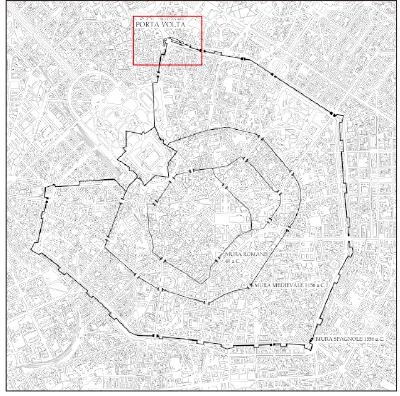


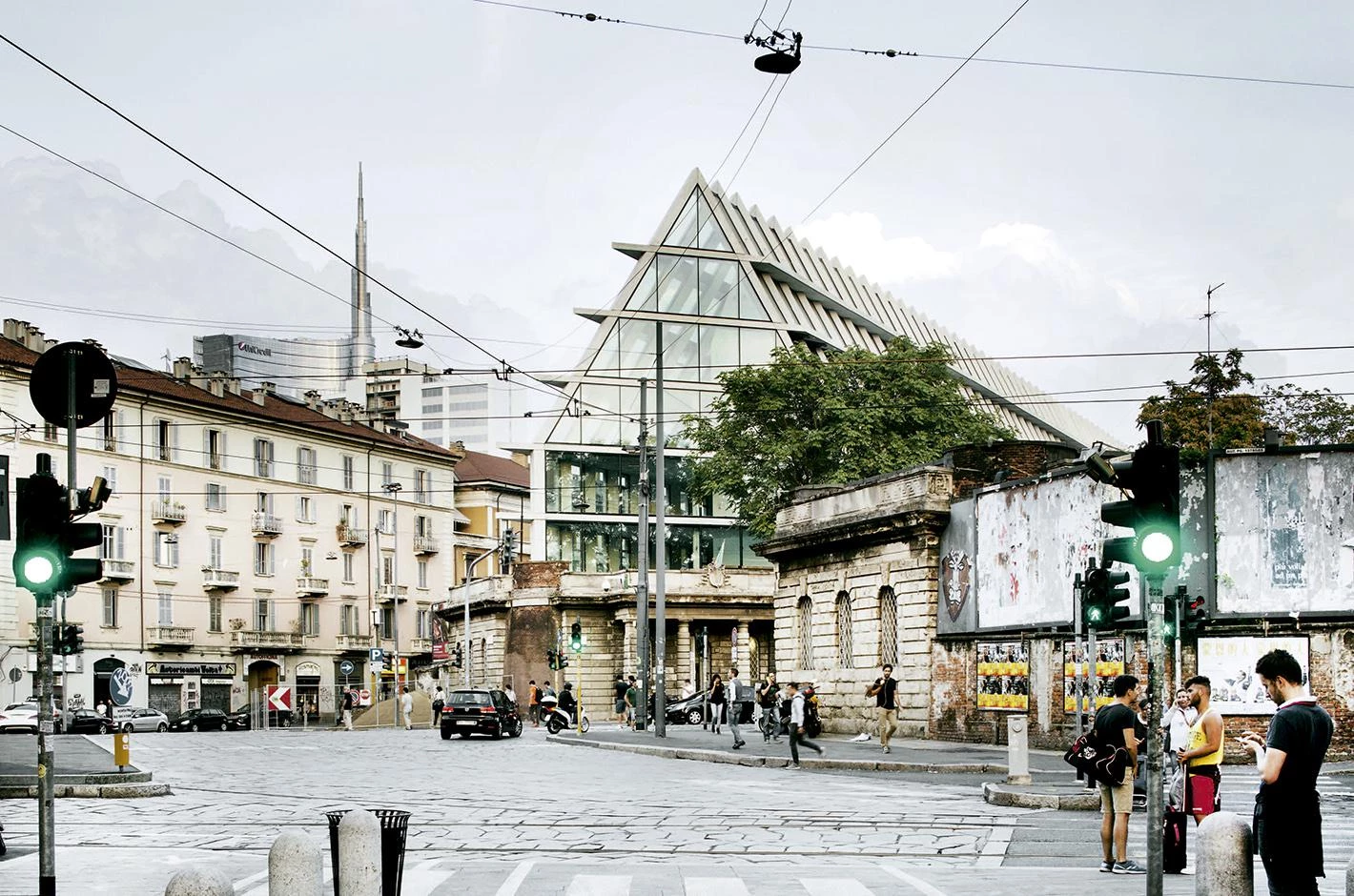
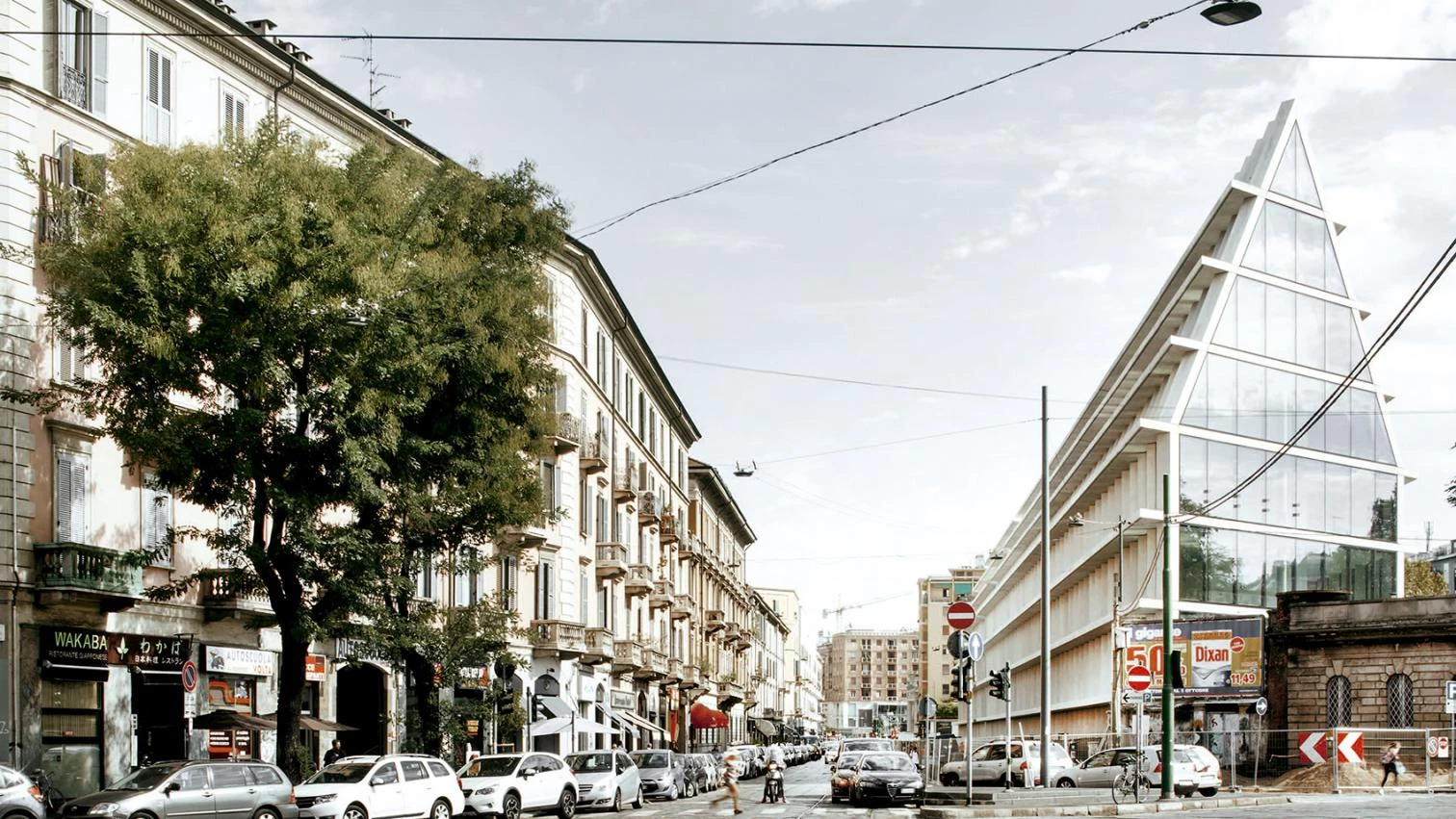
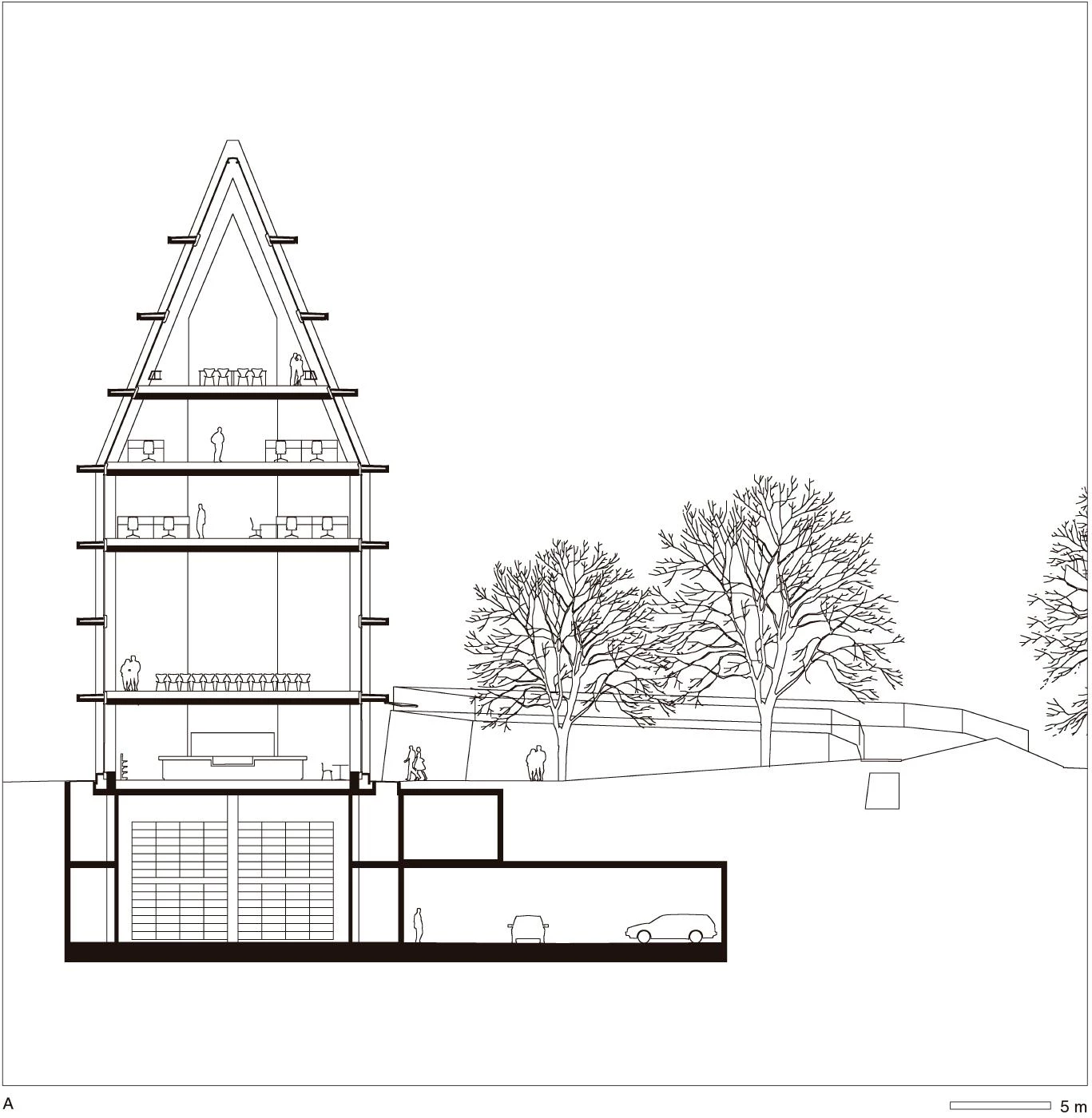



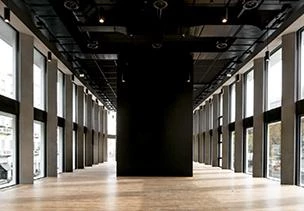







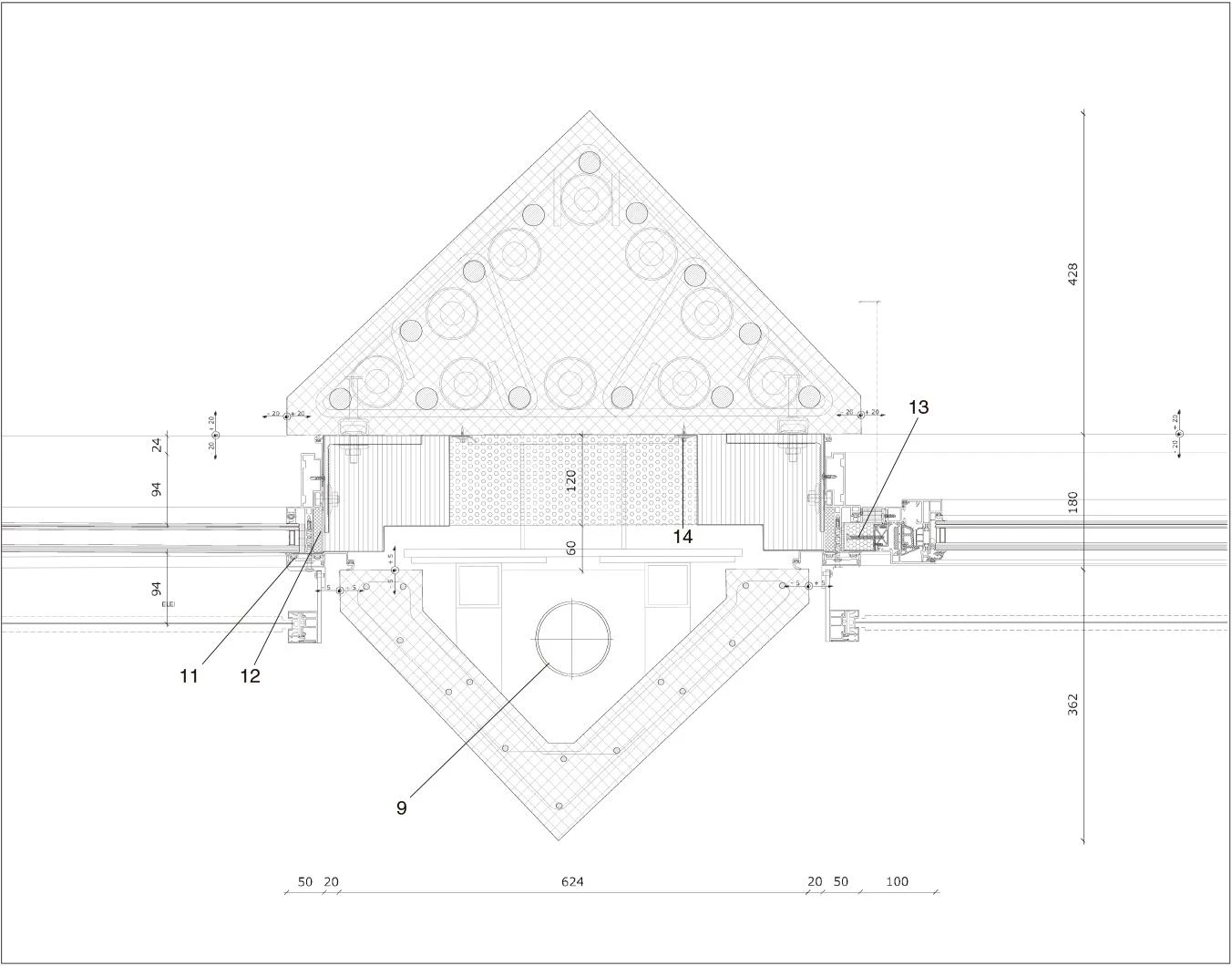
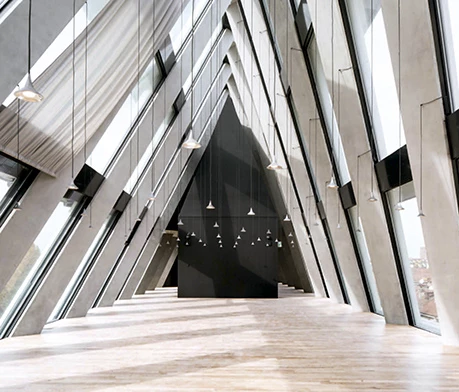
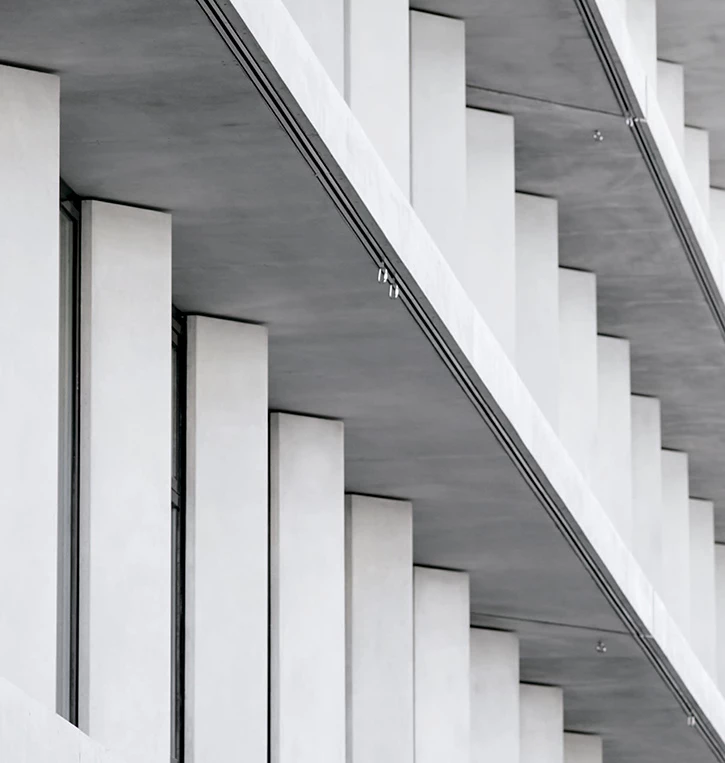
Client
Fondo Feltrinelli Porta Volta
Client Representative: Carlo Feltrinelli, Manfredi Catella
Herzog & de Meuron Project Team
Partners: Jacques Herzog, Pierre de Meuron, Stefan Marbach, Andreas Fries (Partner in Charge)
Project Team: Mateo Mori Meana (Project Manager).
Liliana Amorim Rocha, María Bergua Orduna, Nils Büchel, Amparo Casani, Yolanda de Rueda, Claudius Frühauf, Yannik Keller, María Ángeles Lerín Ruesca, Monica Leung, Christina Liao (Animations), Adriana Müller, Argel Padilla Figueroa, Francisco Requena Crespo, Juan Sala, Francisca Soares de Moura, Carlos Viladoms, Federica von Euw, Thomasine Wolfensberger (Associate).
Planning
Architect Planning: Herzog & de Meuron; Partner Architect: SD Partners S.r.l.; Mechanical Engineering: Polistudio A.e.s.; Structural Engineering: Zaring S.r.l.
Contractors
General Contractor: CMB S.r.l.; Facade: AZA S.p.a; Prefabricated concrete: Orobica S.r.l; Sunshade: Resstende S.r.l.
Photos
Filippo Romano



